Key Points
- Sociable Weavers build the largest communal nests, housing over a hundred families.
- Bowerbirds create decorated bowers purely for courtship, not for raising young.
- Malleefowl incubate eggs using heat from composting plants in giant mounds.
Birds that make unique nests: Bird architecture is not just a bunch of twigs in a tree. Birds can build their nests out of many different things, such as mud ovens or baskets that they weave together and hang from trees. This is a great example of how smart evolution is. Research indicates that the intricacy of a bird constructing a distinctive nest is frequently correlated with its environment and the stress induced by predators. The way songbirds build their nests, for example, has a big effect on how well they do in their environment.
These buildings are more than just places to live. They are smart, flexible designs that will keep the next generation safe. We wrote down the names of the birds that make the best homes. Get ready to be amazed by the best natural builders.
List of 11 Most Unique Bird Nests and Their Architect Birds
Here are some of the many architectural birds that build unique nests, ranked by the boldness and complexity of their building skills.
| Rank | Bird Name | Nest Type | Primary Material(s) |
| 1 | Sociable Weaver | Massive Communal Fortress | Grass, Twigs, Plant Fibers |
| 2 | Bowerbird | Decorated Courtship Structure (Bower) | Twigs, Plant Matter, Found Objects |
| 3 | Malleefowl | Natura; Incubator Mound | Sand, Soil, Decomposing Organic Matter |
| 4 | Red Ovenbird | Hardened Clay Oven | Mud, Clay, Grass, Saliva |
| 5 | Montezuma Oropendola | Woven Hanging Basket | Vines, Plant Fibers |
| 6 | Penduline Tit | Felted Pouch Nest | Plant Fibers, Wool, Spider Silk |
| 7 | African Jacana | Floating Nest | Aquatic Vegetation |
| 8 | Edible-nest Swiftlet | Saliva Cup Nest | Hardened Saliva |
| 9 | Common Tailorbird | Sewn Leaf Pocket | Leaves, Plant Fiber, Spider Silk |
| 10 | Flamingo | Mud Pedestal | Mud, Clay, Pebbles |
| 11 | Bald Eagle | Platform Eyrie | Sticks, Branches, Grass |
Must Read - List of 7 Most Colorful Birds in the World and Their Habitats: Ranked
1. Sociable Weaver
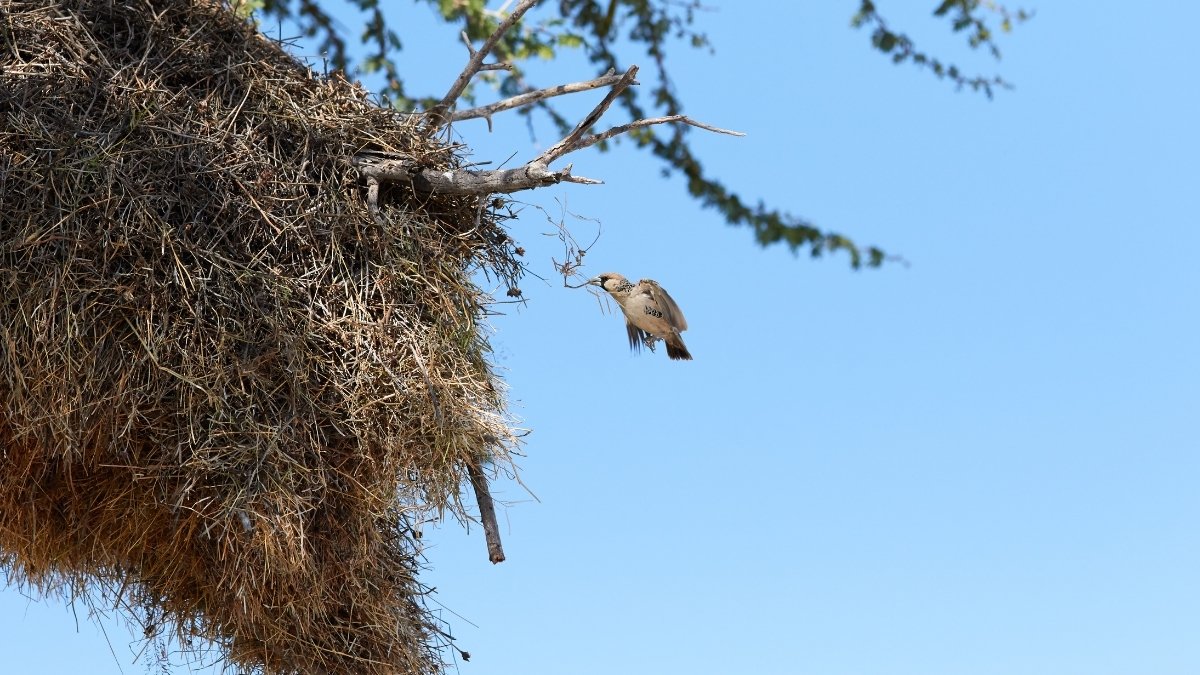
The Sociable Weaver, endemic to southern Africa, is arguably the world’s most collaborative architect. Their structure isn't just a nest; it's a permanent apartment complex. Made from soft plant materials and grass, this colossal, thatched-roof fortress on a tree or pole is home to hundreds of individual family chambers. The internal chambers provide thermal insulation, helping the birds survive extreme temperatures. It is the largest single avian structure built by any bird species.
2. Bowerbird
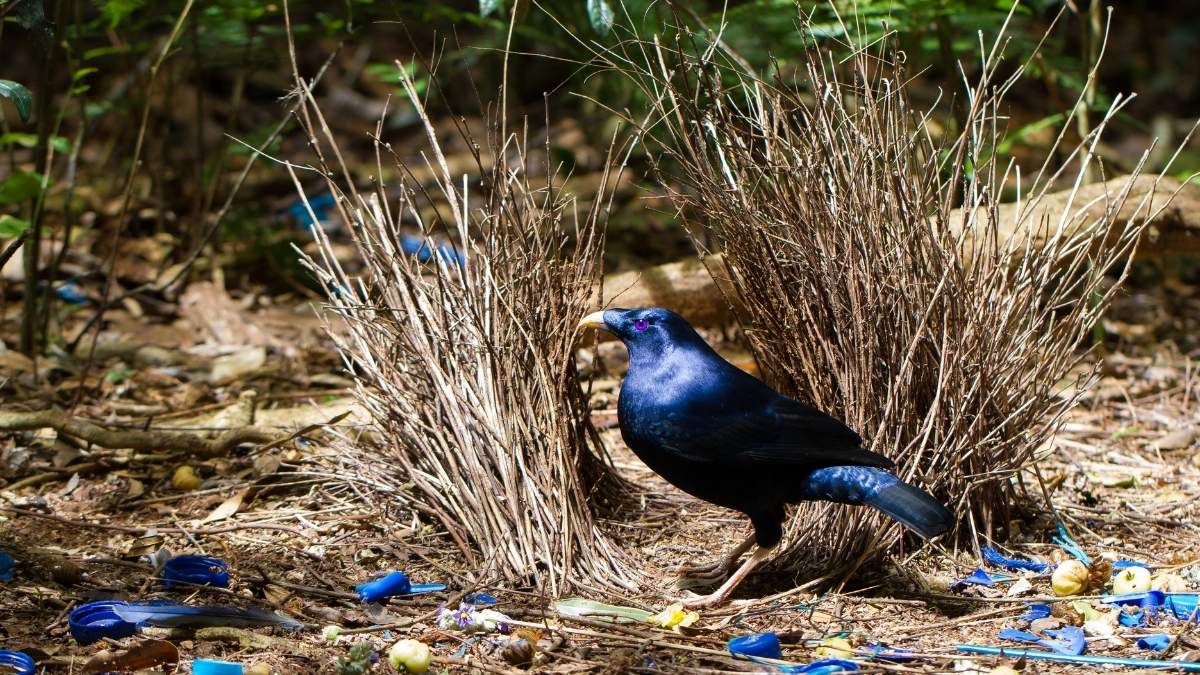
The male Bowerbird of Australia and New Guinea is a decorator, not just a builder. Its structure, known as a "bower," is unique because it's not used for raising young—it’s purely a courtship display. The male constructs an avenue or hut of twigs and then meticulously decorates the area with brightly colored objects he collects, often color-sorting berries, flowers, shells, and even human debris, such as bottle caps, to impress a female. The quality of the bower directly influences his mating success.
3. Malleefowl
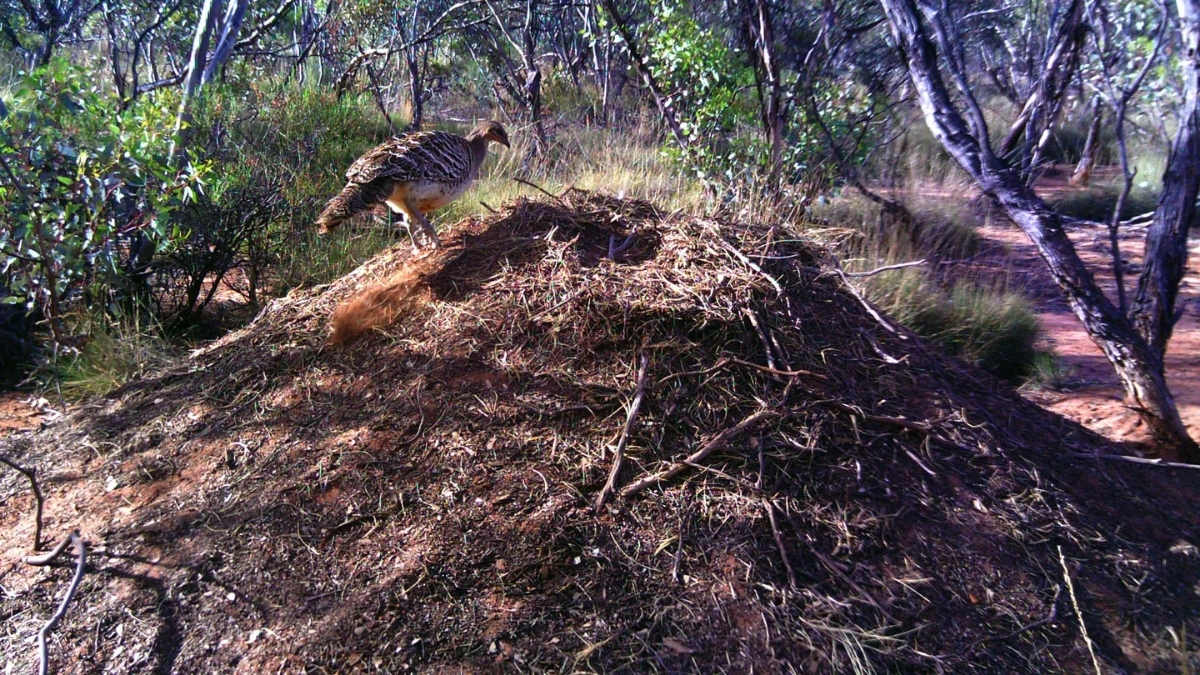
Credit - sciencenews.org
The Australian Malleefowl is a master of incubation without using body heat. Instead of sitting on eggs, the male builds a gigantic mound on the ground, sometimes measuring up to 15 feet high and 35 feet across, out of sand, soil, and decomposing leaves. The heat generated by the rotting organic matter incubates the eggs. The male keeps a close eye on the mound's thickness and makes changes to keep the temperature just right, like a natural thermostat.
4. Red Ovenbird (Rufous Hornero)
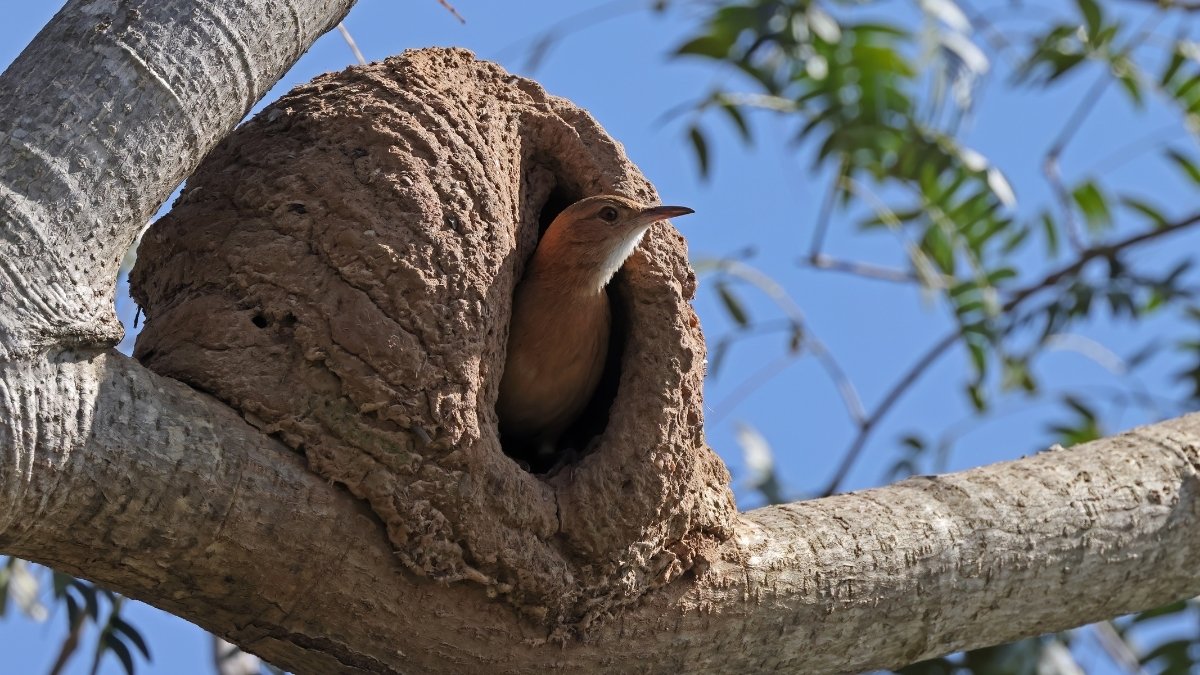
Named for its creation, the Red Ovenbird (or Rufous Hornero) constructs a thick, round, sturdy nest that closely resembles a primitive clay oven or a cooking pot. Found across South America, the pair collects mud and clay, reinforced with grass and straw, to mold a hard, weatherproof dome on a fence post or tree. This rock-hard structure has a side-entry tunnel, which can take weeks to complete and offers excellent protection from the elements and predators.
5. Montezuma Oropendola
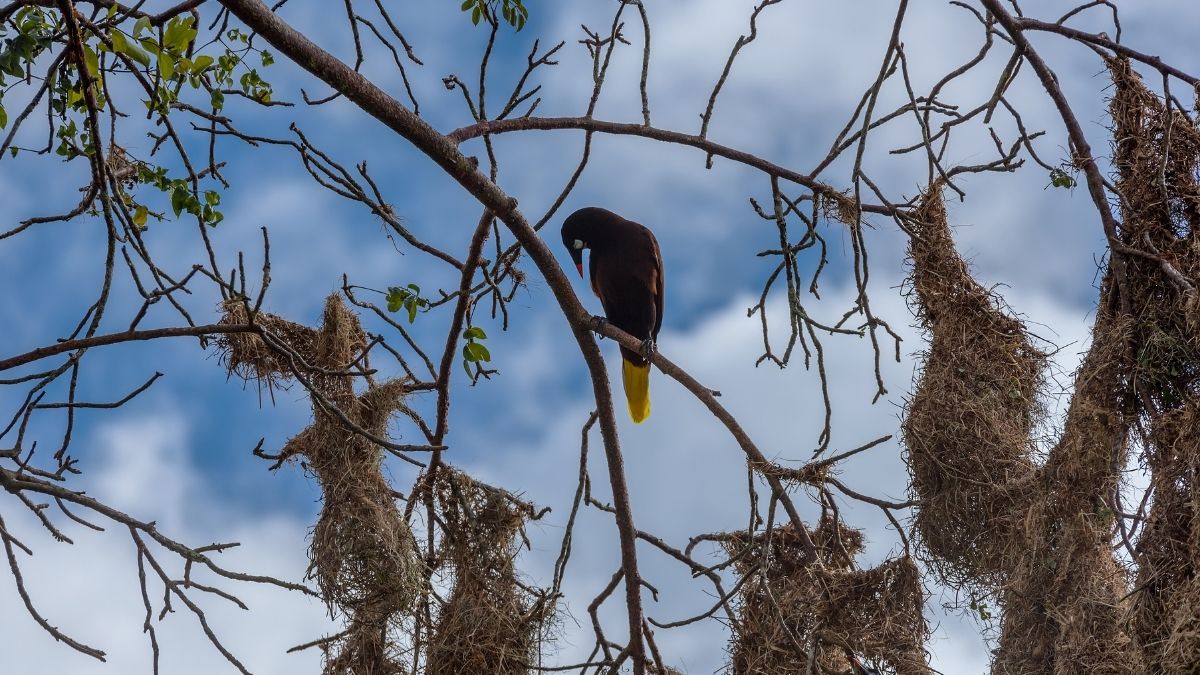
The Montezuma Oropendola makes the best aerial nest in the tropical forests of Central and South America. This bird that builds unique nests makes long, pouch-shaped structures out of vines and fibers that can be up to six feet long and hang from high tree branches. They live in groups, and a single tree can have dozens of these woven bags hanging from it, swaying in the wind.
6. Penduline Tit
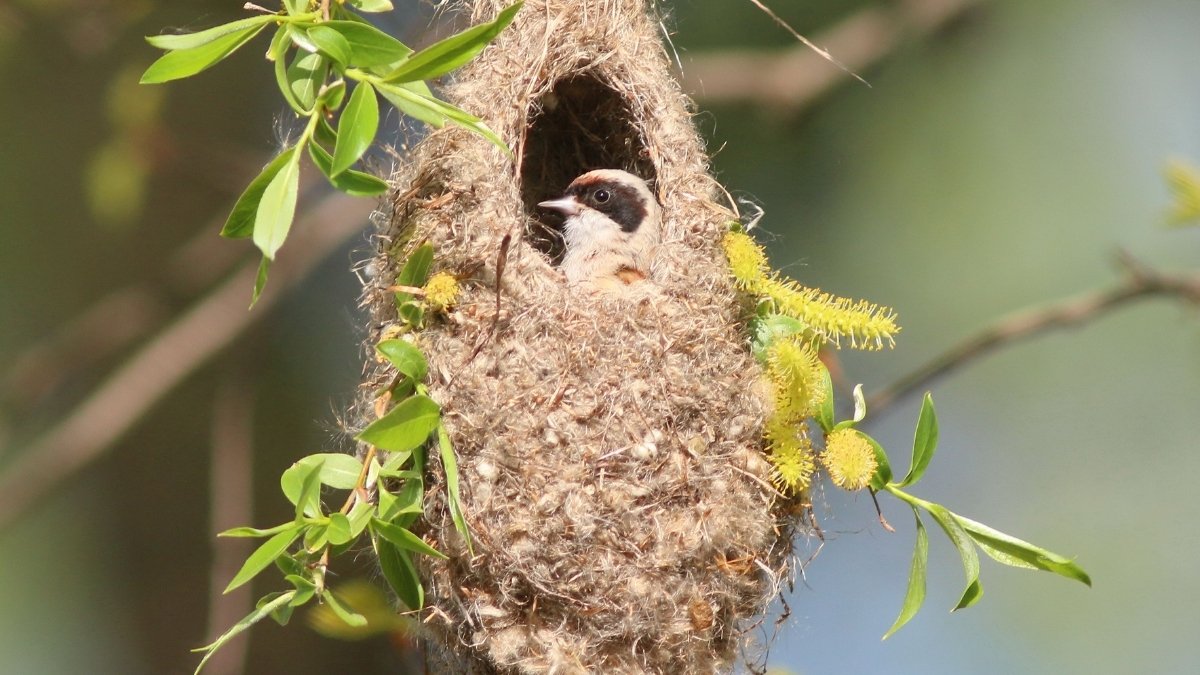
The tiny Penduline Tit creates a felted, sock-like pouch that hangs like a small pendulum from the tip of a slender branch. Found across Europe and Asia, the male begins the masterpiece using plant fibers, wool, and spider silk, which is so strong that it allows the nest to stretch as the chicks grow. Some kinds of weaver birds in this family also have a fake, sealed-off entrance chamber to confuse snakes and other climbing predators. The real entrance is a tube that isn't very noticeable.
7. African Jacana
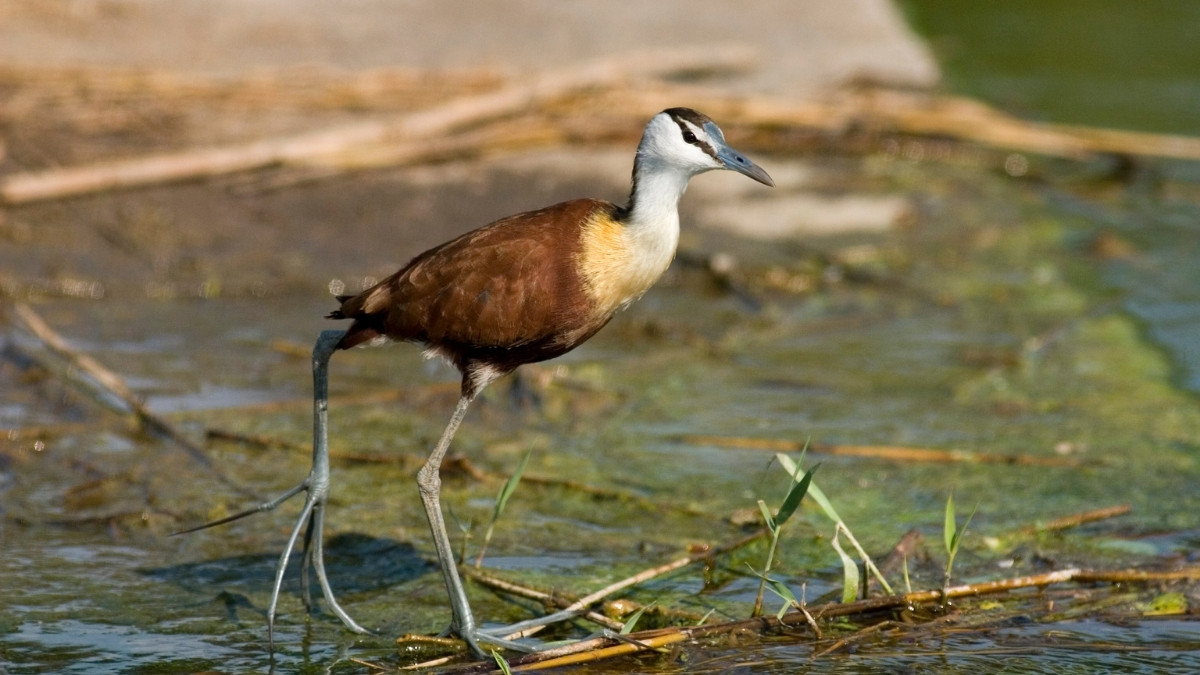
The African Jacana is a wading bird that builds a nest that fits with a simple, water-based way of life. The male constructs a flimsy platform of loosely arranged aquatic vegetation that floats on the water's surface, often near lily pads. This precarious floating home is necessary in its marshy habitat, and the nest can even be pushed to safety during local flooding. Unusually, it is primarily the male who incubates the eggs.
8. Edible-nest Swiftlet
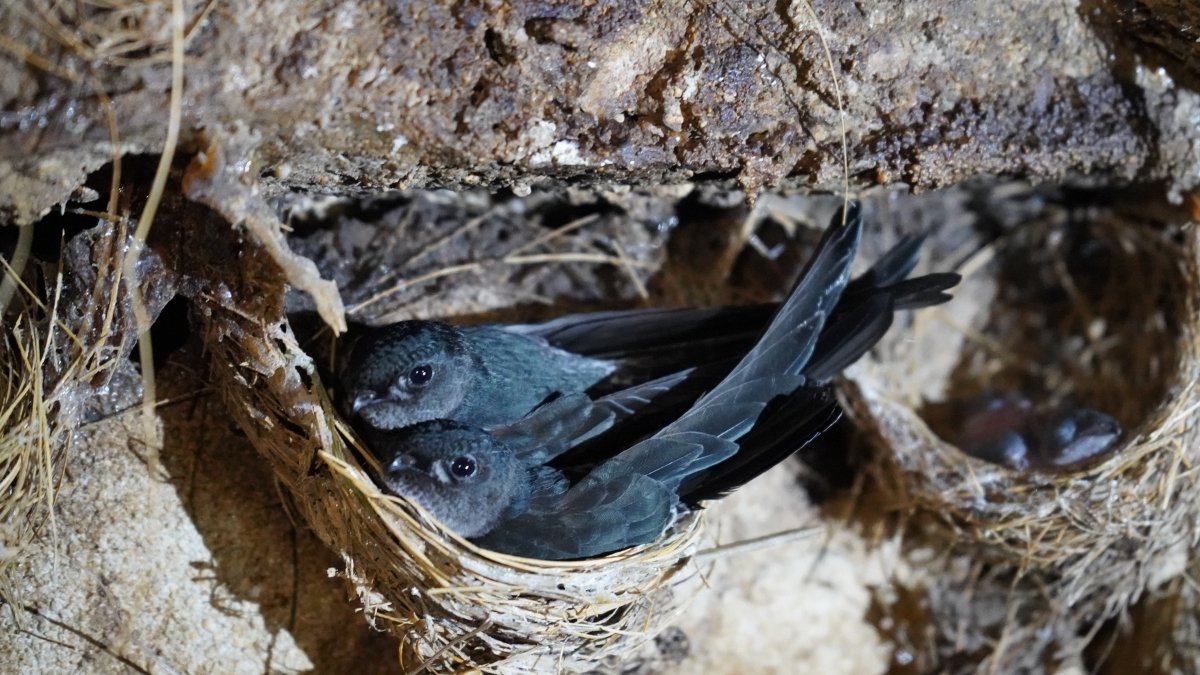
The Edible-nest Swiftlet, found in Southeast Asia, builds one of the most unique bird’s nests using only one material: its own hardened saliva. Located high on the vertical walls of dark caves, the shallow, cup-shaped nest is translucent and takes over a month to complete as the bird secretes layer after layer of the gummy material. This nest is famous (or infamous) as the main ingredient in bird's nest soup.
9. Common Tailorbird
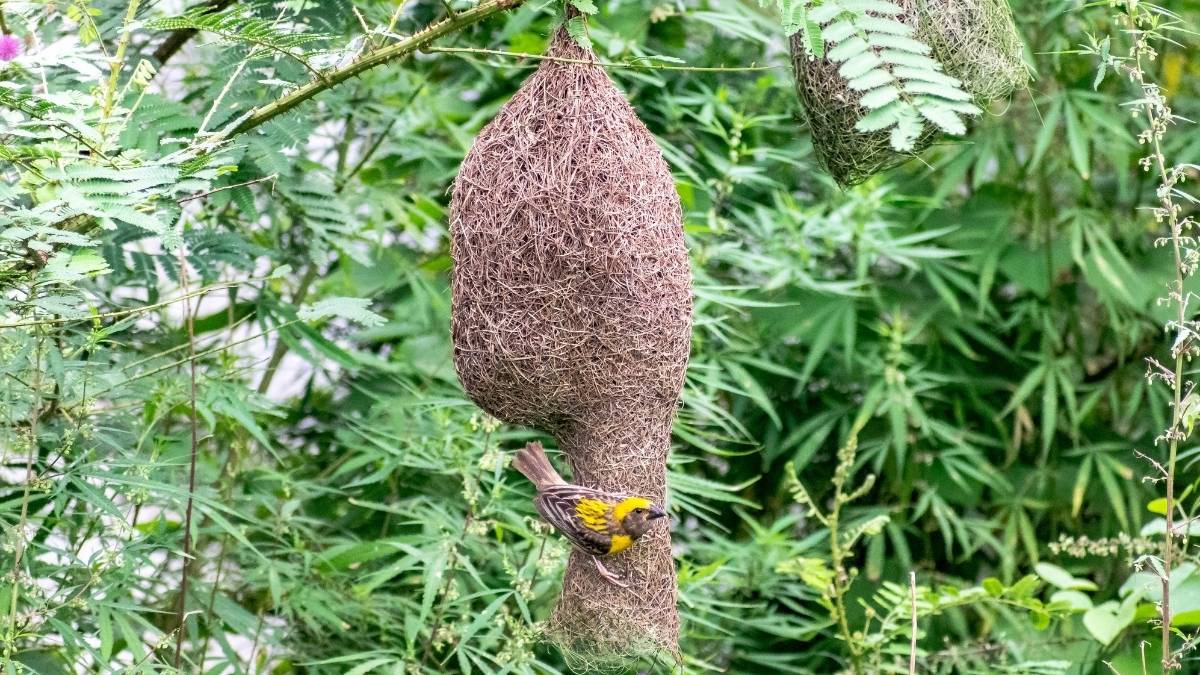
True to its name, the Common Tailorbird is a gifted seamstress. Found in tropical Asia, the female chooses one or two large, strong, living leaves and uses its beak like a needle to punch holes along the edges. It then uses fine plant silk or spider silk as thread to stitch the leaves together, forming a deep, concealed cup inside the sewn pocket. This green pocket provides incredible camouflage from predators.
10. Flamingo
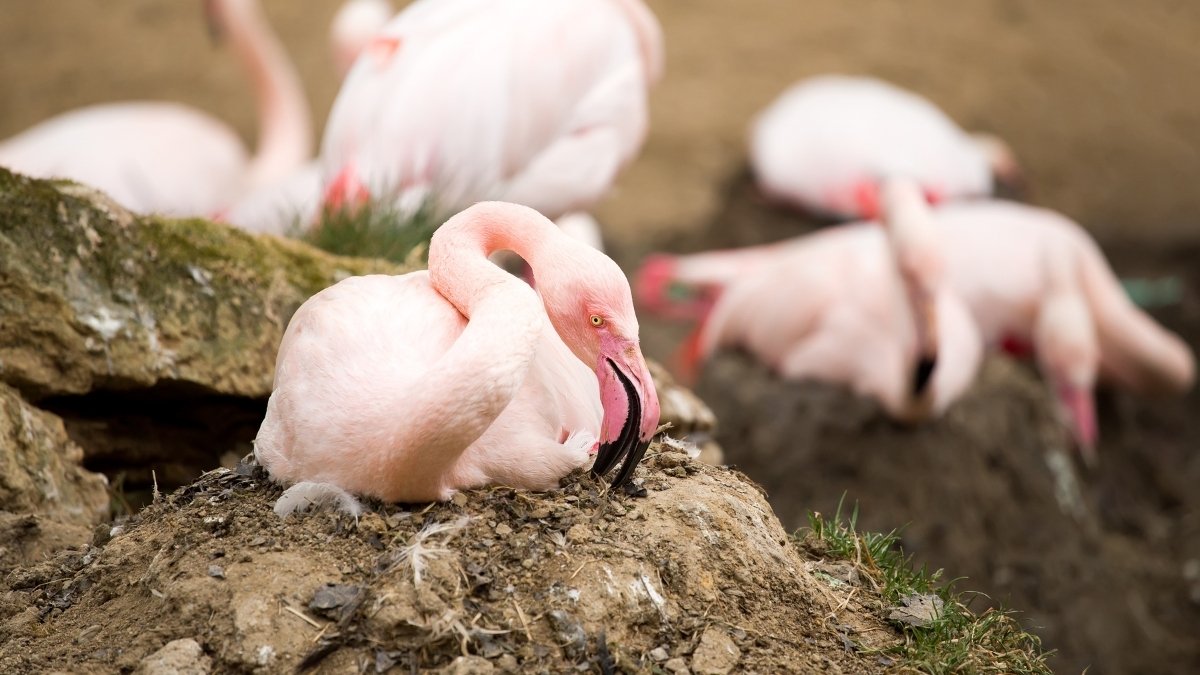
Flamingos, which live in shallow, muddy wetlands, build a simple but highly effective nest. They create a tall, volcano-shaped pedestal or cone out of mud and pebbles, with a small depression at the top for a single egg. This raised platform keeps the egg safe and dry from flooding and ground moisture, demonstrating a practical and perfectly adapted design for their wet environment.
11. Bald Eagle
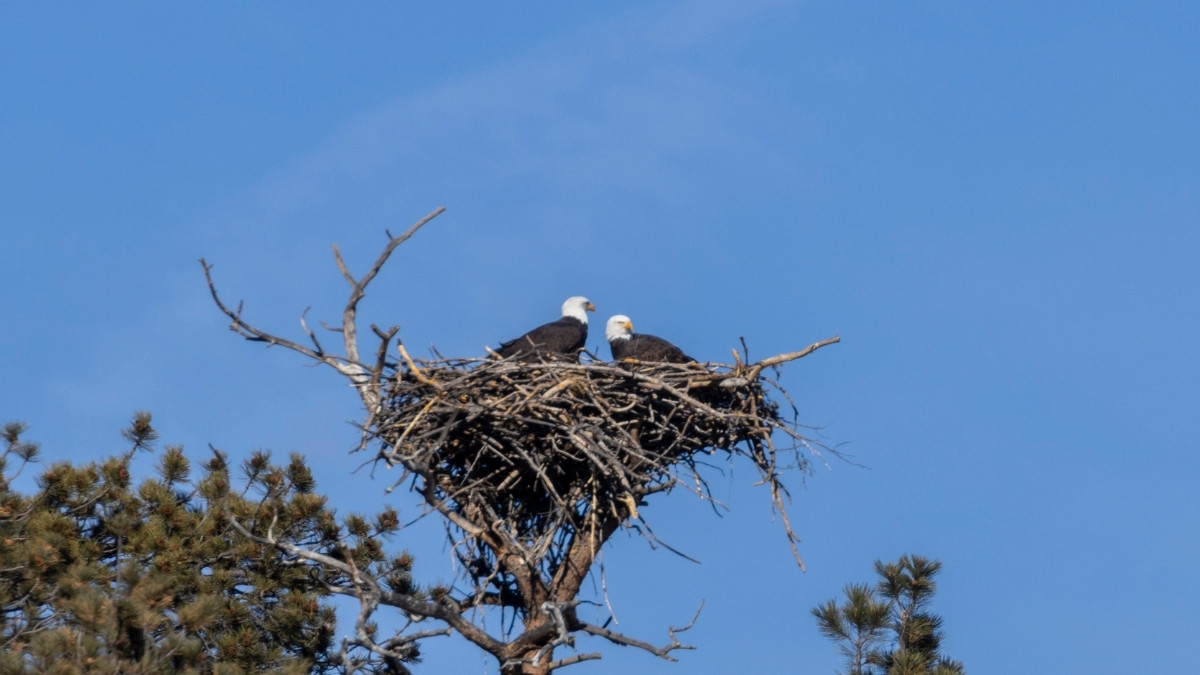
The Bald Eagle doesn't make a complicated weave, but its nest is special because it is so big and lasts so long. The couple calls their nest an "eyrie" and uses it again and again, adding more sticks, branches, and grass each time. These platform nests are often found in the tallest trees or on cliffs. They can get very big, sometimes weighing more than a ton and being ten feet wide, making a huge, visible landmark in the sky.
Also Read the List of 7 Birds that Lay Eggs in Other Nests (And Why?)
When you see a simple bird nest, think about all the different types of buildings that exist in the wild. The Sociable Weaver Bird builds huge fortresses for many families, while the Penduline Tit makes delicate structures out of silk. To stay alive, you need these smart structures. These amazing shelters show that all birds have a natural instinct to build, not just people.
Comments
All Comments (0)
Join the conversation